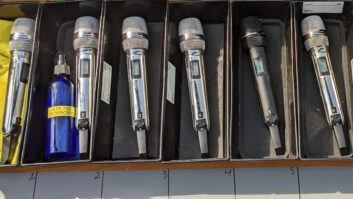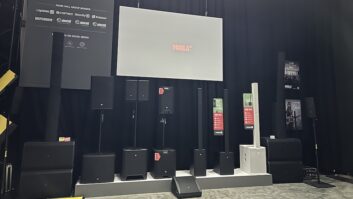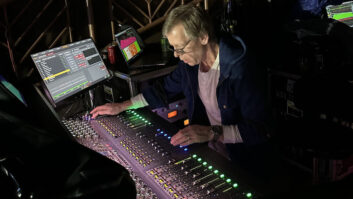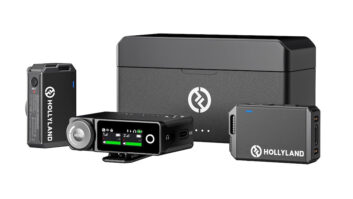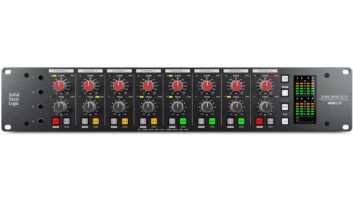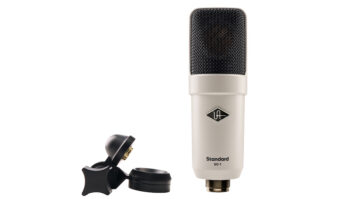By Deborah McAdams, executive editor, TV Technology.

(Originally appeared as FCC Beta Launches White-Space Wireless Mic Registration System at tvtechnology.com)
Washington, DC (September 24, 2012)—The Federal Communications Commission has activated a new wireless mic registration system in several Eastern states. The system allows qualified parties to register major events and production venues in white-space databases for interference protection from unlicensed devices operating in the TV band. The current coverage area is limited to venues in New York, New Jersey, Pennsylvania, Delaware, Maryland, Washington D.C., Virginia and North Carolina.
“Focusing registration at this time on one region of the country will enable us to validate that the registration system is working properly and qualifying operators can register their venues as intended,” the commission’s notice said. “Once we determine that the system is functioning properly, we will open up registrations for all of the other regions of the country. We anticipate opening up registration across the country later in the fall, and will announce this process in a subsequent public notice.”
The commission historically has allowed wireless mics to operate in the TV band—Chs. 2-51, minus Ch. 37—both on a licensed and unlicensed basis. The commission’s 2010 Order opening TV channels up to unlicensed devices set aside two channels between Chs. 14 and 51 specifically for wireless mics. It also allowed for the devices to share TV channels or register in white-space databases under certain circumstances.
The databases provide a dynamic inventory of unused channels that unlicensed devices must check before operating. The two set-aside channels are supposed to accommodate 16 wireless mics operating at 220 kHz. The registration system was conceived of as a type of overflow for big events—when the two channels and all other frequencies were occupied. Applicants have to certify they are using the two set-aside channel and all other available frequencies to qualify for database registration.
At least six wireless mics must be operated in each 6 MHz channel as a benchmark for database registration, though some digital gear allows for as many as 15, the commission noted.
“Applicants must deploy as many wireless microphones as possible on all of these channels, and must indicate how many devices will actually [sic] be operating on each channel,” the notice said.
Applicants are expected to secure wireless mic gear that can operate on all reserved and other available channels, with the exception of VHF channels. Very few professional wireless mic systems work on VHF channels, the commission noted. Registration requests must be made at least 30 days before the event. Scheduling can be adjusted within the database to handle last-minute changes.
The registration system is being administered by the commission’s Office of Engineering and Technology and Wireless Telecommunications Bureau. It is available online at http://www.fcc.gov/uls/login. Questions are directed to an Overview website, or directly to the Licensing Support Center at 877-480-3201, option No.2; Alan Stillwell at 202-418-2470 or Hugh Van Tuyl at 202-418-7506.
